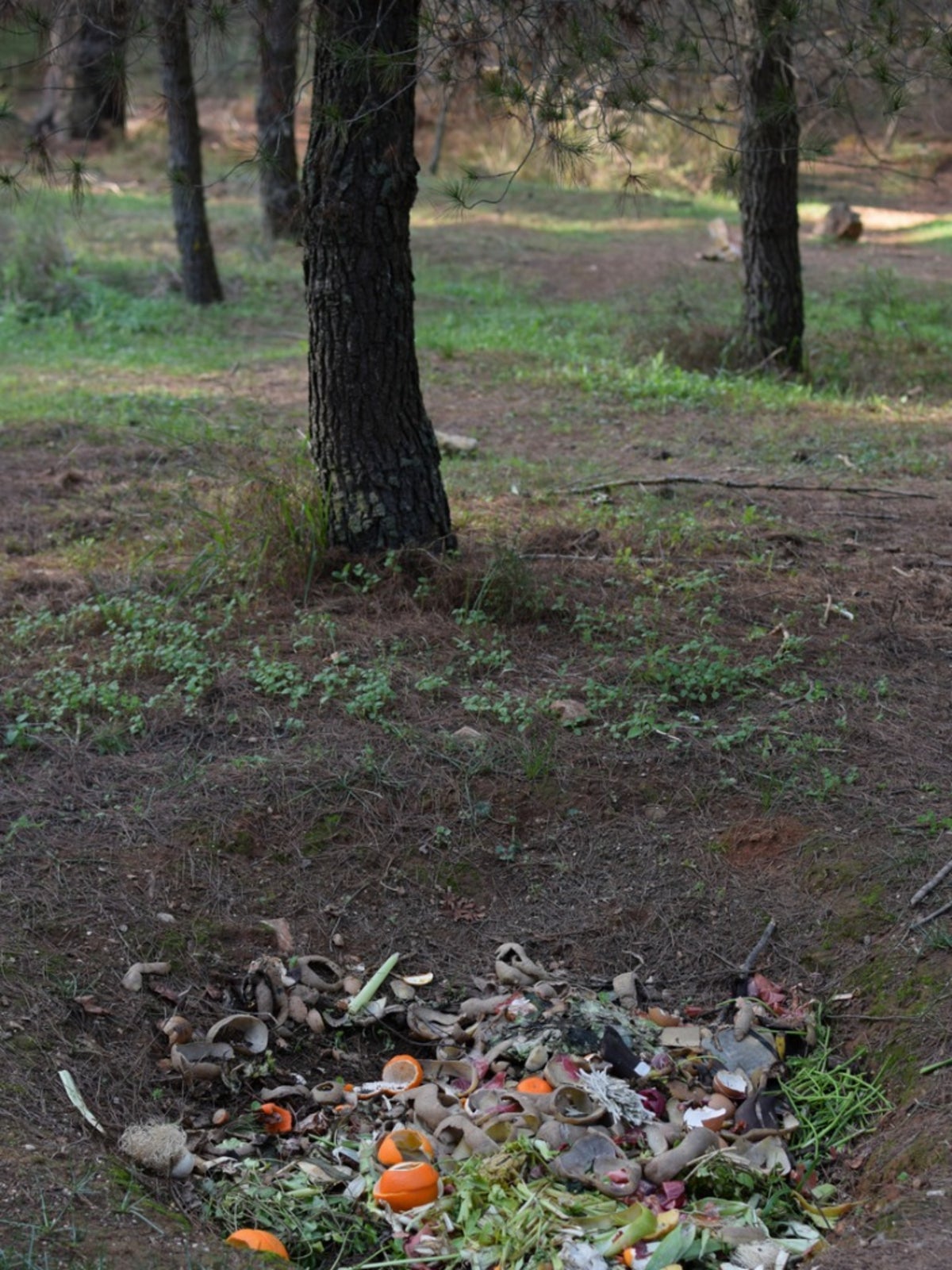What Is Trench Composting: Learn About Creating Compost In A Pit


Composting converts organic material, such as yard waste and kitchen scraps, into nutrient-rich material that improves the soil and fertilizes plants. Although you can use an expensive, high-tech composting system, a simple pit or trench is highly effective.
What is Trench Composting?
Trench composting is nothing new. In fact, the Pilgrims learned how to put the theory into action in a very practical way when Native Americans taught them to bury fish heads and scraps in the soil before planting corn. To this day, trench composting methods may be slightly more sophisticated, but the basic idea remains unchanged. Creating a compost pit at home not only benefits the garden; it also reduces the amount of material that usually goes to waste in municipal landfills, thus reducing the expense involved in waste collecting, handling, and transportation.
How to Compost in a Pit or Trench
Creating a compost pit at home requires burying kitchen or soft yard waste, such as chopped leaves or grass clippings, in a simple pit or trench. After a few weeks earthworms and microorganisms in the soil convert the organic matter into usable compost. Some gardeners use an organized trench composting system in which the trench and the planting area are alternated every other year, providing a full year for the material to break down. Others implement an even more involved, three-part system that includes a trench, walking path, and a planting area with bark mulch spread on the path to prevent muddiness. The three year cycle allows even more time for decomposition of organic matter. Although organized systems are effective, you can simply use a shovel or post hole digger to dig a hole with a depth of at least 8 to 12 inches (20-31 cm.). Place the pits strategically according to your garden plan or create small compost pockets in random areas of your yard or garden. Fill the hole about half full with kitchen scraps and yard waste. To speed the process of decomposition, sprinkle a handful of blood meal over the top of the waste before filling the hole with soil, then water deeply. Wait at least six weeks for the scraps to decompose, then plant an ornamental plant or a vegetable plant, such as a tomato, directly above the compost. For a large trench, till the compost evenly into the soil or dig it in with a shovel or pitchfork.
Additional Trench Composting Information
An Internet search produces a wealth of information about trench composting methods. Your local university Extension Service can also provide information about creating a compost pit at home.
Sign up for the Gardening Know How newsletter today and receive a free copy of our e-book "How to Grow Delicious Tomatoes".

A Credentialed Garden Writer, Mary H. Dyer was with Gardening Know How in the very beginning, publishing articles as early as 2007.